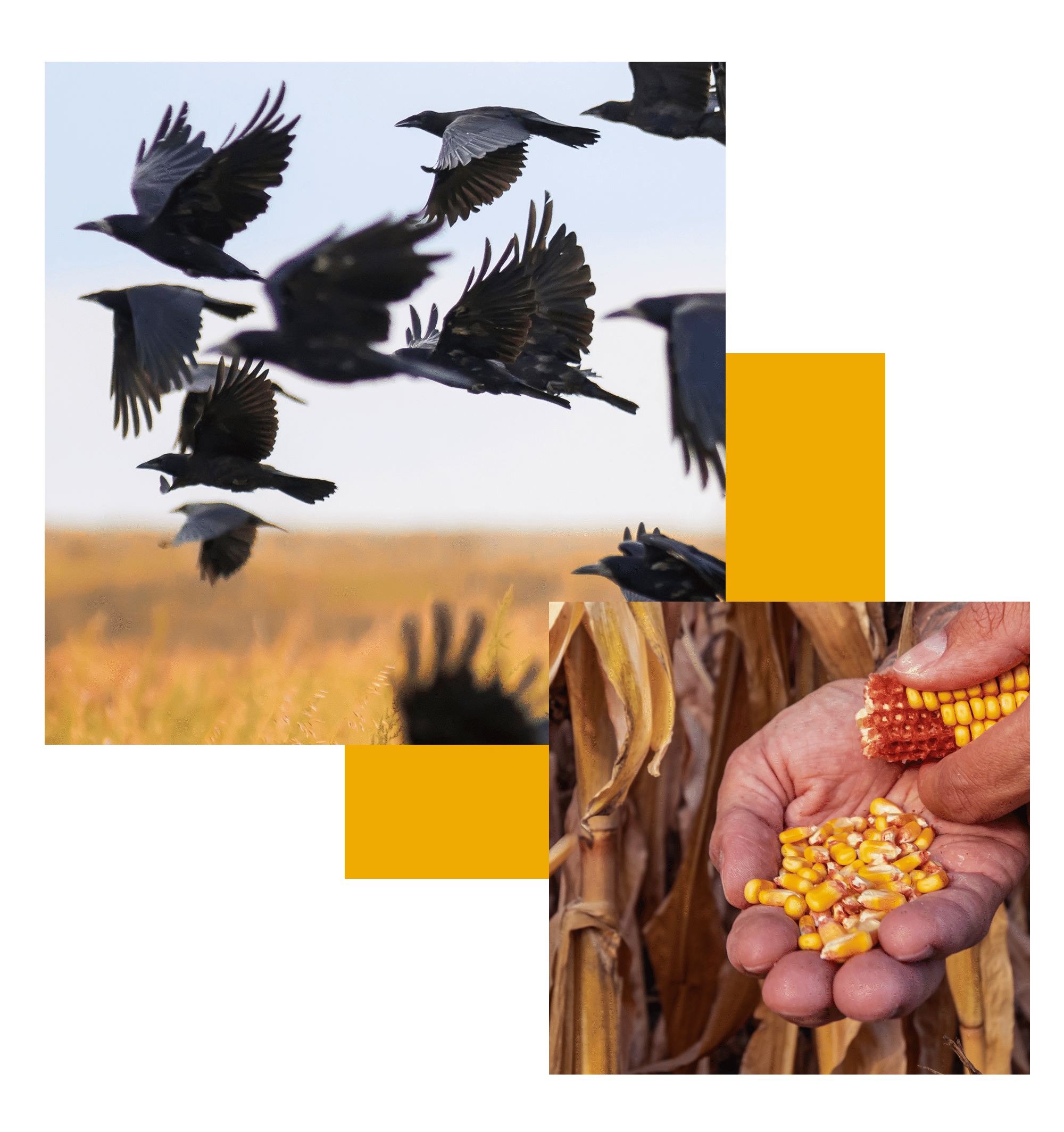This attention to high-yield corn management has been paying off
In the United States, farms in 2020 were on pace to achieve record-breaking growth in crop yield per acre, according to a USDA Crop Production report from August. Corn production was up 12 percent from 2019, with soybean production skyrocketing 25 percent from 2019. In fact, corn production was forecast to reach a record high of 15.3 billion bushels, with yields reaching an average record high of 181.8 bushels per harvested acre, representing a jump of 14.4 bushels from 2019.
Increasing corn crop yield is also more important than ever to U.S. farmers because the global corn market is growing quickly. Countries in South America such as Brazil are becoming dominant players. For U.S. farms to last and even thrive, they must have advantages over cheaper labor, found in these competing lands, especially with farmland that is less expensive in South America than it is in the United States.



